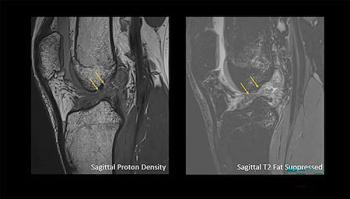
Brazilians work the Web to integrate RIS and PACS
Bringing international standards and a unified interface to its radiology information systems, the University Hospital of Ribeirao Preto of São Paulo has developed a Web-based system to manage and distribute images and diagnostic information.Web
Bringing international standards and a unified interface to its radiology information systems, the University Hospital of Ribeirao Preto of São Paulo has developed a Web-based system to manage and distribute images and diagnostic information.
Web technology allows departments to achieve the level of integration between a RIS and PACS that is paramount for a successful filmless radiology practice, Brazilian researchers report in a paper published online in July in the Journal of Digital Imaging.
The principal appeal of Web-based integration is that it corresponds to international standards.
"Since these technologies are already being incorporated into many aspects of life, there is a very fast learning curve for the end user," said Dr. Paulo Mazzoncini de Azevedo-Marques of the School of Medicine of Ribeirao Preto, University of São Paulo.
Web technology is also an appropriate basis for integrating systems based on a client/server model, he said.
In the Brazilian model, a server machine handles all complex processing, and communication with the client machine is carried out using a standard protocol.
The data interface and image display can be standardized and used throughout an enterprise using a Web browser. Thus, client and server machines can be managed independently, and data transmission is controlled by an operational system, providing better guarantees in terms of efficiency and stability.
All radiological exams currently performed in the hospital are generated and reported using the Web RIS environment, with images available for browser searches in any computer connected to the hospital intranet, de Azevedo-Marques said.
The Web application allows users to search for reports by stating name, last name, patient register number, or type of exam within a certain period. When a patient is selected, a new window opens displaying all exams that match the requested parameters. The physician can then select the exam of interest, opening a patient's report in another window.
This contains the report description and the names of the reading and reviewing physicians. If there are any available images, the user may see them in another window by activating the display button that appears at the bottom corner of the report window.
"The system is still being tested and improved, but it has already shown efficiency for its purpose and has allowed the integration of electronic report systems with a filmless focus in other hospital areas such as ob/gyn and digestive endoscopy," he said.
Newsletter
Stay at the forefront of radiology with the Diagnostic Imaging newsletter, delivering the latest news, clinical insights, and imaging advancements for today’s radiologists.




























